Explore the Science Behind SENSR
Advanced Biosensors, In-Depth Analysis,
Clinically Validated Biometrics
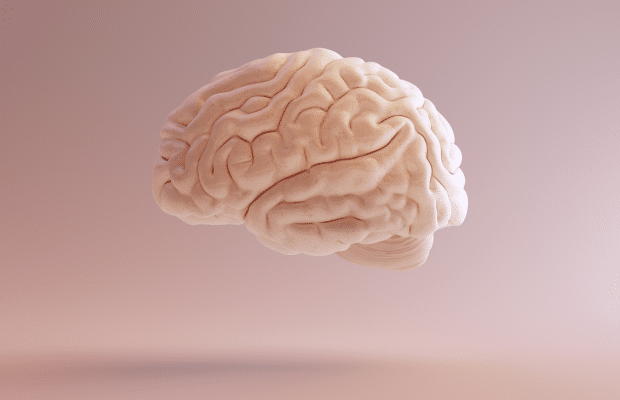

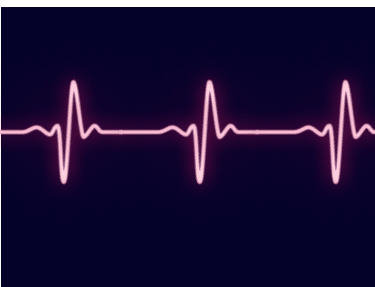
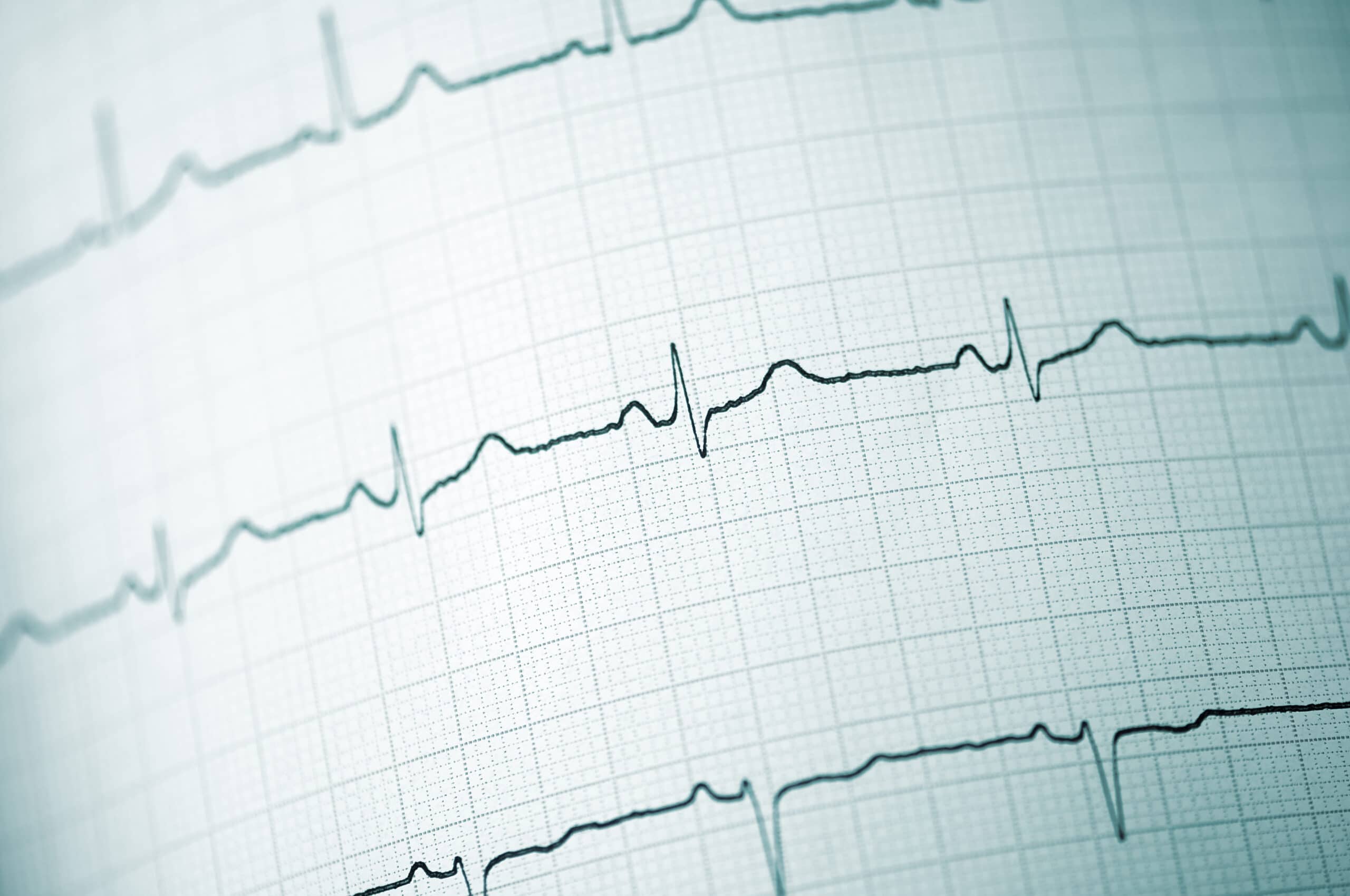

Advanced Biosensors, In-Depth Analysis,
Clinically Validated Biometrics





Photoplethysmography, or PPG, measures changes in blood volume caused by the heart’s pumping action by illuminating the skin with a light-emitting diode (LED) and measuring changes in light absorption with a photodetector. SENSR provides precise measurements of important health biometrics through complex analysis of the PPG waveform.



SENSR uses a proprietary IR/Red optical sensor that captures high signal-to-noise and high-resolution PPG measurements from deep beneath the skin (up to 10x deeper than green light) to extract reliable biometrics. The SENSR PPG signal is not affected by high melanin content or skin tone, tattoos, or other physiological variations that impact the reliability of other PPG devices which use a green light source.


SENSR uses a cutting-edge optical sensor that captures high signal-to-noise and superior high-fidelity PPG measurements from deep beneath the skin to extract reliable biometrics along with advanced and validated PPG features and fiducial points. Fiducial points serve as reference markers in the PPG waveform, pinpointing specific events such as the peak of the heartbeat. These points are essential for accurate analysis and play a pivotal role in decoding complex physiological signals.
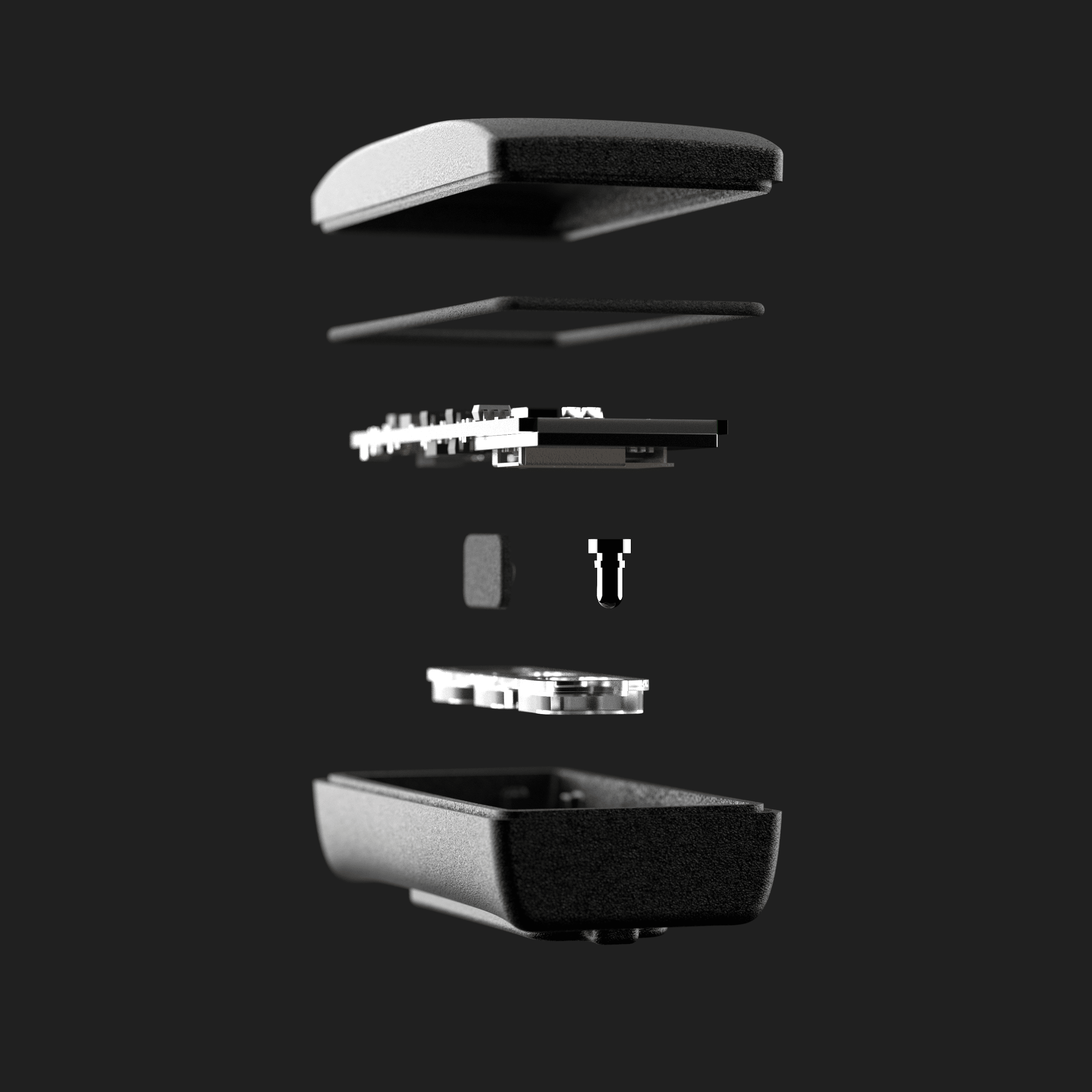
Built-in accelerometer and gyroscope sensors capture reliable motion data for comprehensive physical activity and sleep analysis and assist in the removal of motion artifacts in the PPG signal.

Raw bio-signals recorded by SENSR biosensors are transferred to an Android/iOS mobile app via Bluetooth and stored in SENSR cloud servers for data processing. Processed data is then delivered back to the mobile app and remote physiological monitoring (RPM) web dashboard for analysis.

High-fidelity biosignals recorded by SENSR biosensors are transferred to an Android/iOS mobile app via Bluetooth and stored in SENSR cloud servers for data processing. Processed data is then delivered back to the mobile app and remote physiological monitoring (RPM) web dashboard for analysis.

Most wearables discard raw waveform data to improve calculation speed but sacrifice data quality and integrity. Saving raw waveform data enables in-depth analysis of health biometrics using powerful cloud-based algorithms. SENSR provides access to raw and/or processed PPG, gyroscope, and accelerometer data to researchers via the RPM dashboard.
The SENSR Pulse Engine ™ is a cloud-based computational tool which filters, cleans, processes, and analyzes PPG waveform data to obtain various metrics. Motion artifacts and irregular waveform patterns are filtered out to not affect outcome measures.
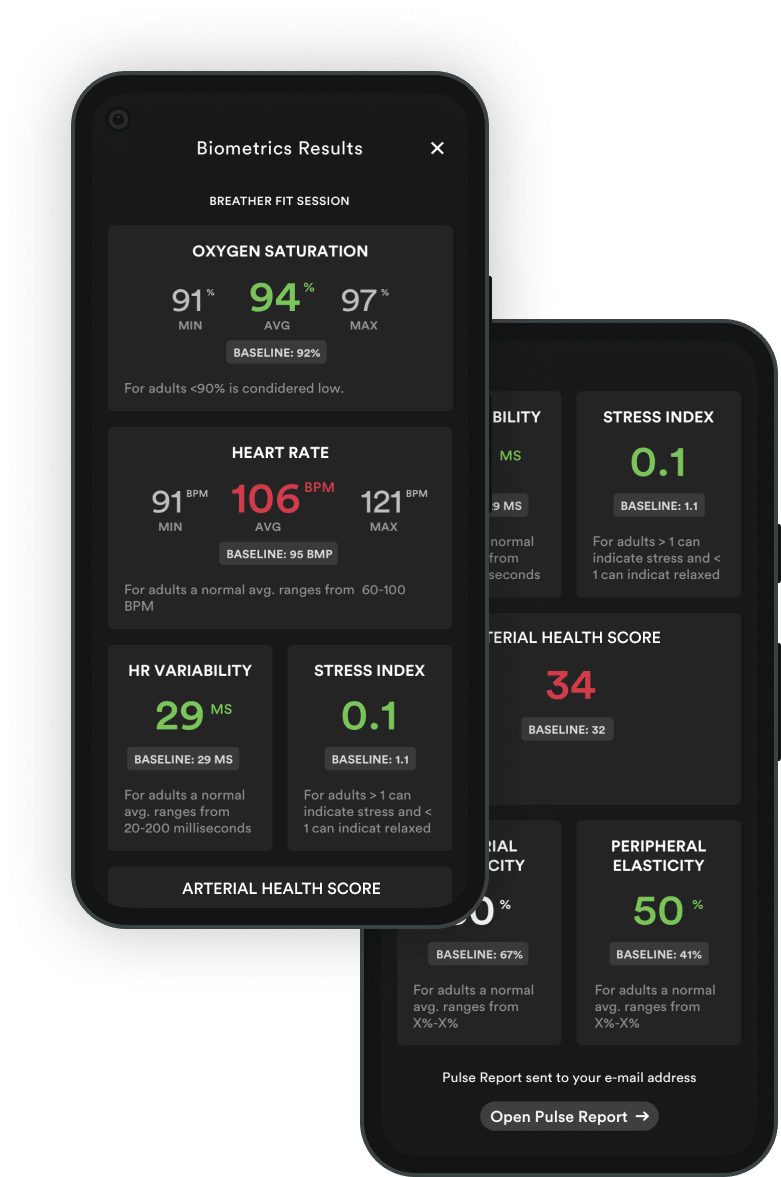
From each PPG waveform measurement, the SENSR Pulse Engine™ extracts vital biometrics such as heart rate, heart rate variability, and respiratory rate. The Pulse Engine™ also performs an in-depth analysis of every detected heart beat to obtain cardiovascular properties including arterial and peripheral elasticity along with additional beat shape features that can be utilized for assessing various health conditions or diseases.
At SENSR, we believe that the PPG waveform contains much more physiological information yet to be discovered. Stay tuned as we continue to push the boundaries of biometric data science to derive additional health metrics.


Data integrity is critical when relied upon for remote monitoring, risk stratification, and decision making. Learn more about SENSR’s Validation Studies and Ongoing Research.
SENSR is the Trusted Wearable Device of healthcare professionals,
research universities, and clinical research organizations (CRO’s).


Interested in leveraging the SENSR platform or looking to create an innovative digital health solution? Let’s chat.
